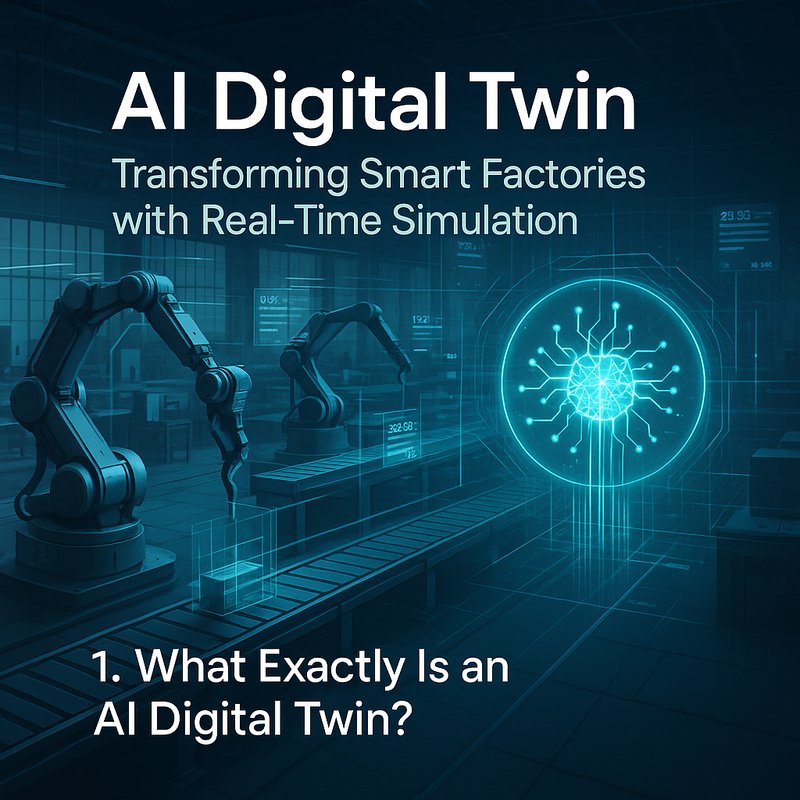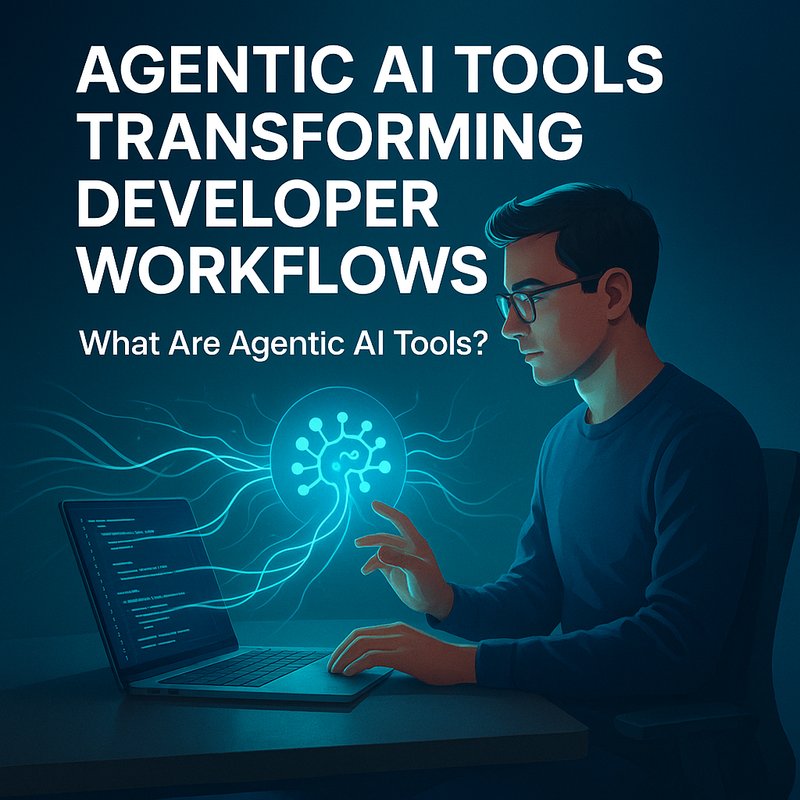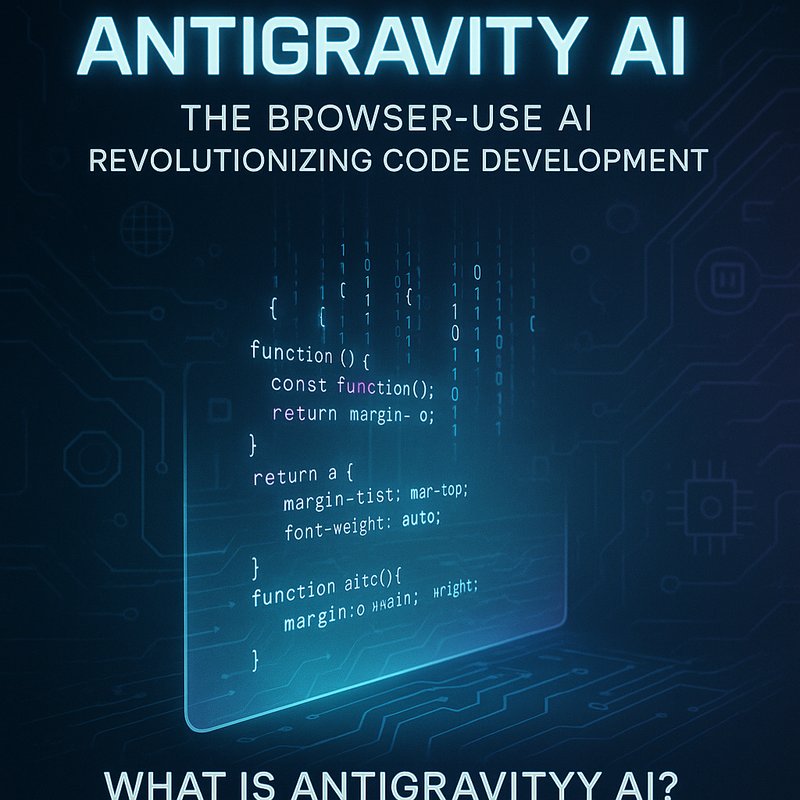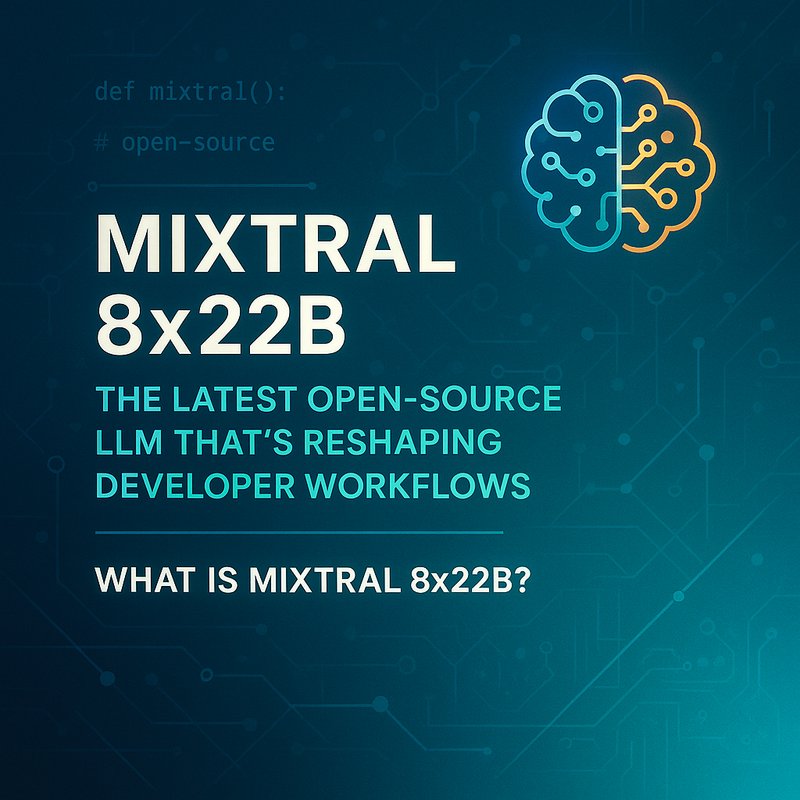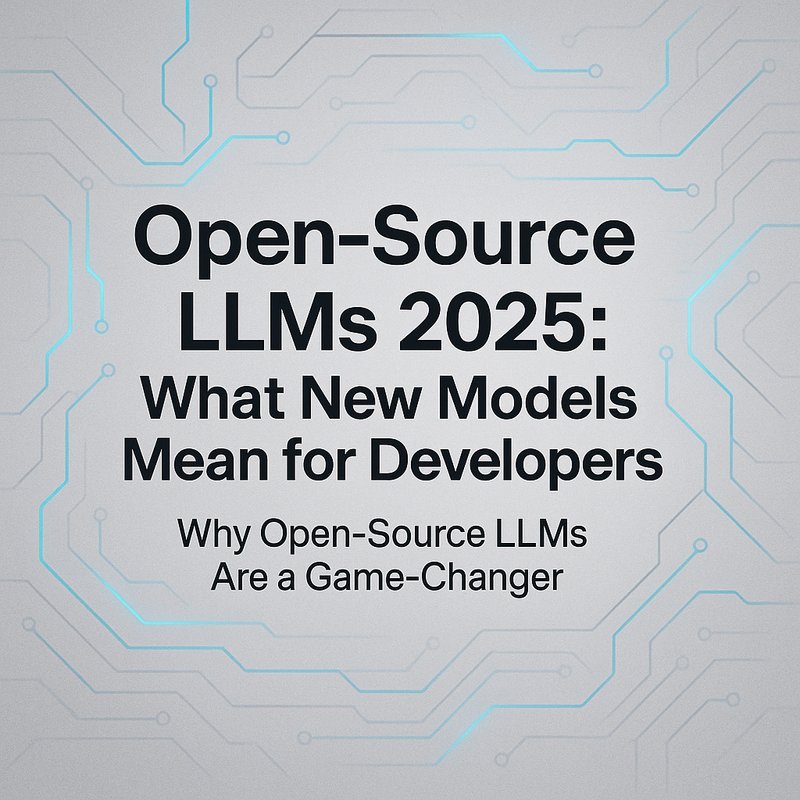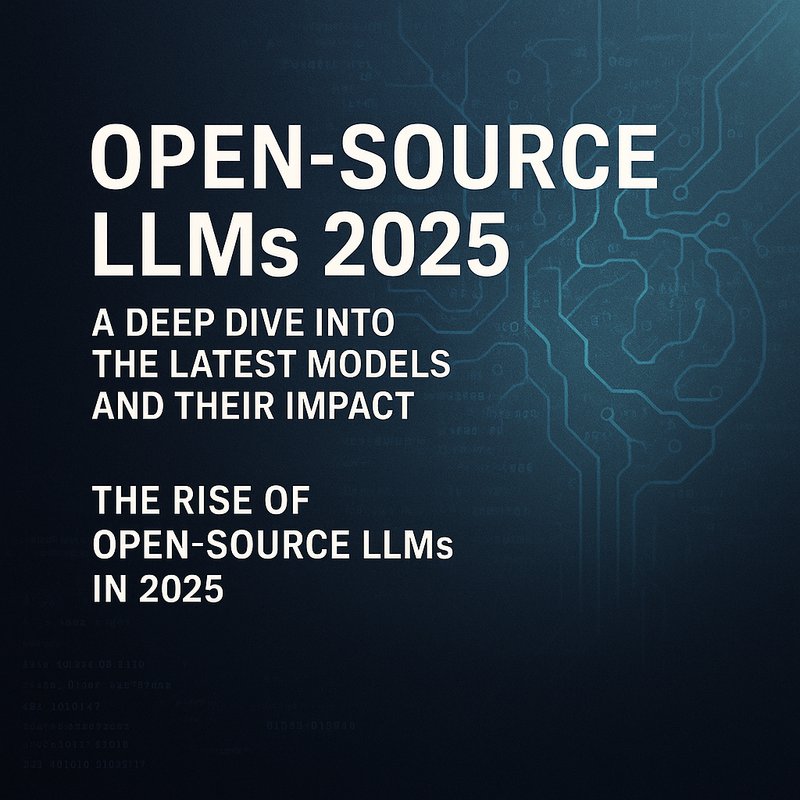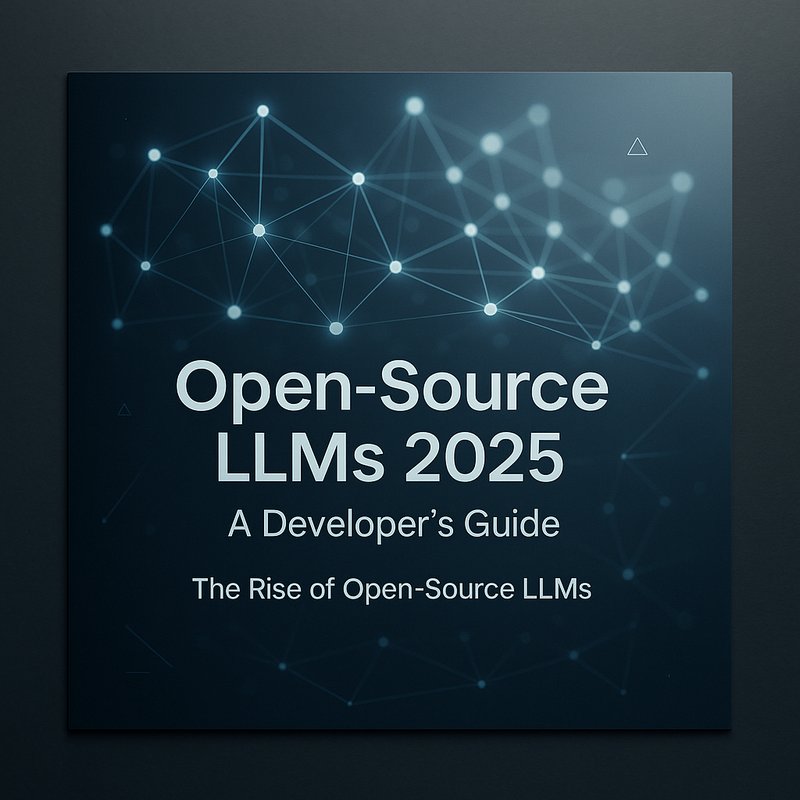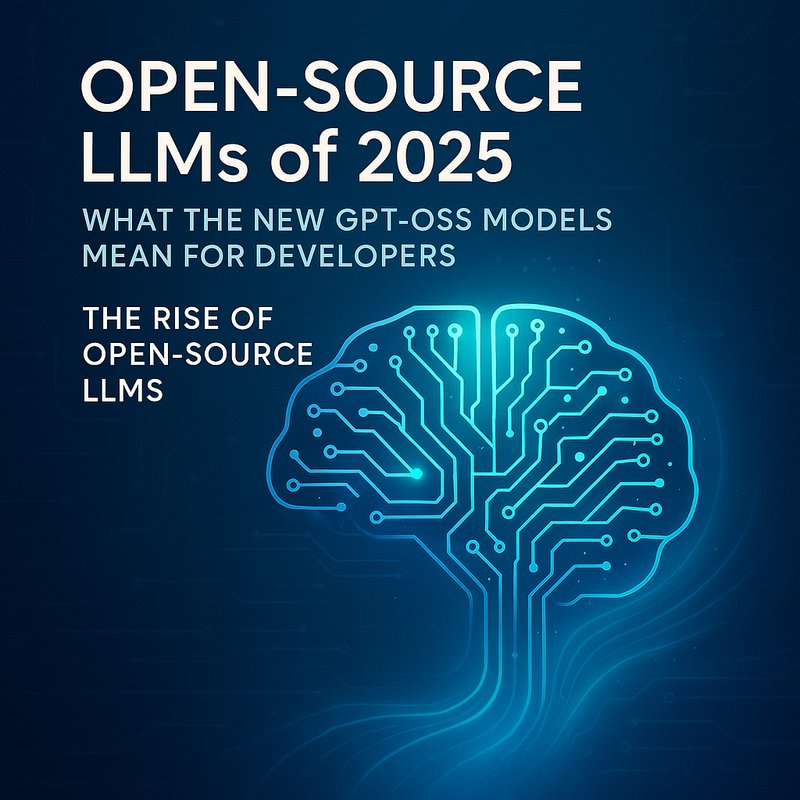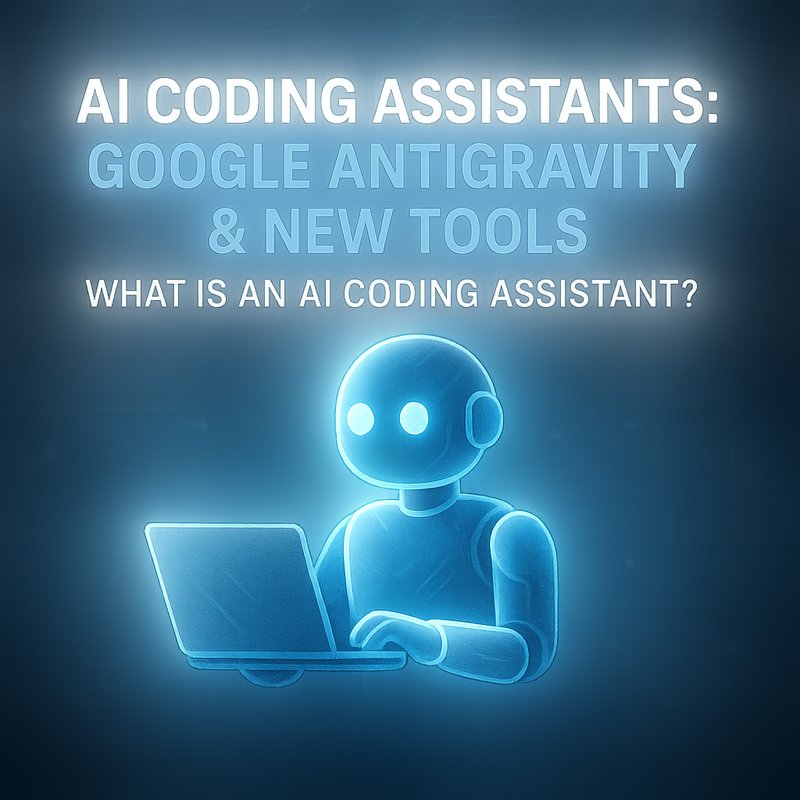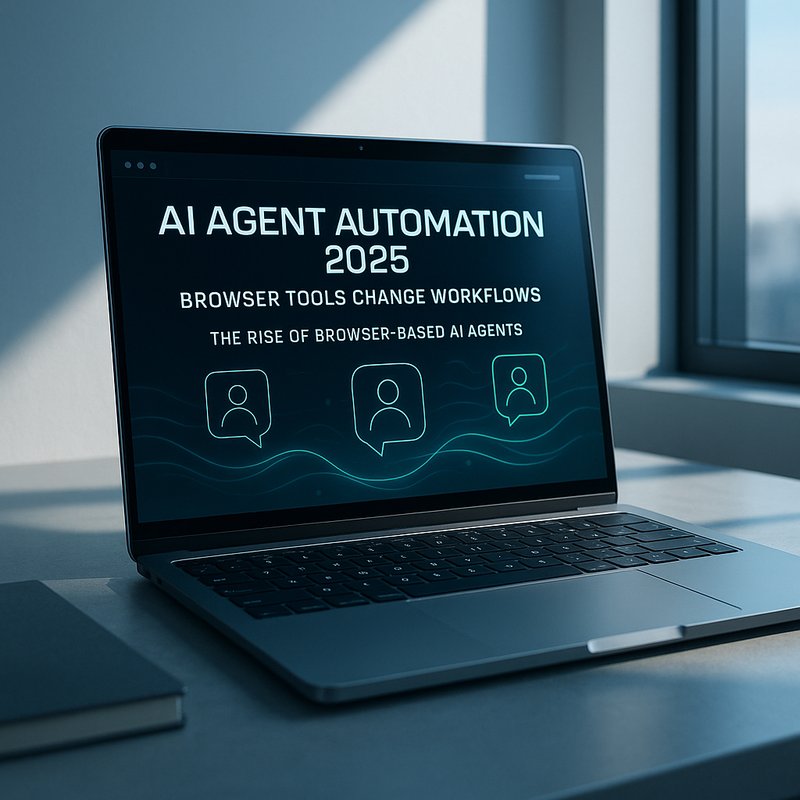Artificial Intelligence is not just a buzzword for data science teams anymore. In the world of manufacturing, it is becoming a core engine for AI digital twin technology. This article dives into what an AI digital twin is, why it matters for factories, and how you can start building one without a PhD in engineering. By the time you finish, you’ll know the main components, real‑world benefits, and the tools you can use right away.
1. What Exactly Is an AI Digital Twin?
An AI digital twin is a virtual model that mimics a real‑world machine or process in real time. Think of it like a video game copy of your production line, but with data and machine learning stitched together to predict what will happen next. The twin updates every minute—or even every second—using sensor data from the actual factory.
The phrase AI digital twin combines two ideas:
- Digital Twin – a digital replica that shows the state of a physical asset.
- AI – the intelligence that learns patterns, spots anomalies, and suggests improvements.
When you hear “AI digital twin,” picture a live dashboard that tells you, “This conveyor belt will need maintenance in 30 minutes because the temperature is creeping up.” It saves money, stops downtime, and turns guesswork into data‑backed decisions.
2. Why Factories Need AI Digital Twins
Manufacturing plants are like living organisms. Machines change over time, new parts are added, and customers’ needs shift. Traditional monitoring tools catch problems only after they happen. An AI digital twin gives you a future‑look window. Here are three simple reasons to care:
- Predictive Maintenance – The twin can flag a motor that will fail soon, so you can replace it before the production stops.
- Process Optimization – By simulating different settings, you find the most efficient combination of speed and quality.
- Rapid Prototyping – New product designs can be tested virtually before you build a single prototype, cutting costs dramatically.
Every improvement translates to fewer shutdowns and higher quality, which ultimately keeps the company’s bottom line healthy.
3. Core Building Blocks of an AI Digital Twin
Below is a quick checklist you can use when you start a project. Each block is essential for a smooth and trustworthy twin.
| Block | What It Does | Key AI Touch |
|---|---|---|
| Data Capture | Gathers sensor data (temperature, vibration, flow). | Streaming data pipelines that feed the model in real time. |
| Digital Representation | A CAD model or 3‑D map of the machine. | 3‑D rendering engines that keep the shape up‑to‑date. |
| State Estimation | Calculates the current internal state from raw data. | Kalman filters or neural networks that infer hidden variables. |
| Predictive Engine | Forecasts future behavior under different scenarios. | Time‑series models, RNNs, or physics‑informed networks. |
| User Interface | Visualizes the twin for operators and managers. | Dashboards with interactive controls and alerts. |
| Feedback Loop | Sends recommendations back to the real system. | Automated actuators or manual override commands. |
When you stack these blocks, you get a living system that learns, adapts, and acts.
4. Step‑by‑Step: Building a Small‑Scale AI Digital Twin
Let’s walk through a minimal example that can run on a laptop. We’ll model a simple heat‑exchange unit. The goal: predict the outlet temperature 10 minutes ahead.
4.1 Collect and Prepare the Data
- Sensors – Temperature at inlet, outlet, and sensor on the heat‑exchanger wall.
- Sampling Rate – 1 Hz (once per second).
- Storage – InfluxDB or a simple CSV for learning.
import pandas as pd
df = pd.read_csv("heat_exchanger_data.csv")
df = df.dropna()
df = df[(df["time"] >= start_time) & (df["time"] <= end_time)]
4.2 Build the Digital Representation
Use an open‑source 3‑D engine like Blender or Three.js to create a basic model. Keep it simple; the AI will handle the physics.
4.3 State Estimation with a Neural Net
We’ll train a small feed‑forward network to map sensor readings to hidden state variables (e.g., heat capacity, flow rate).
import torch.nn as nn
class StateNet(nn.Module):
def __init__(self):
super().__init__()
self.layers = nn.Sequential(
nn.Linear(3, 64),
nn.ReLU(),
nn.Linear(64, 32),
nn.ReLU(),
nn.Linear(32, 2) # hidden states
)
def forward(self, x):
return self.layers(x)
Train the model on a 70/30 split, evaluate with RMSE.

4.4 Predictive Engine
Now that we can estimate hidden states, we can feed them into a simple RNN that forecasts the outlet temperature.
class TempRNN(nn.Module):
def __init__(self):
super().__init__()
self.rnn = nn.GRU(2, 32, batch_first=True)
self.out = nn.Linear(32, 1)
def forward(self, x):
out, _ = self.rnn(x)
return self.out(out[:, -1, :])
Train on sequences of 60 seconds and predict the next 10 minutes.
4.5 Visualize the Twin
Use Plotly or a simple web dashboard to overlay the real sensor data and the twin’s predictions side by side. Add color codes: green if the twin is accurate, red if the error exceeds 1 °C.
4.6 Deploy and Monitor
Package the model with Docker. Run the container on a small edge device connected to the PLC. Set up Prometheus alerts that fire if the prediction error grows beyond 0.5 °C.
5. Real‑World Success Stories
- Automotive Parts Supplier – Implemented an AI digital twin for their conveyor system and cut downtime by 28 %.
- Chemical Plant – Used a twin to simulate various feedstock qualities, leading to a 15 % reduction in raw material waste.
- Textile Manufacturer – Forecasted yarn tension and improved quality scores from 92 % to 98 % compliance.
These companies all started small, scaled the twin gradually, and kept the AI model updated with new data. The results speak for themselves: fewer breakdowns, less wasted material, and happier customers.
6. Tools and Frameworks to Get Started
| Tool | Why It Helps |
|---|---|
| OpenAI API | Quickly prototype language‑based queries and anomaly descriptions. |
| PyTorch | Flexible deep‑learning library for building the predictive engine. |
| InfluxDB | Time‑series database that can stream data to the twin. |
| Plotly Dash | Create interactive dashboards without heavy frontend skills. |
| Docker | Package the twin for edge deployment. |
If you need a fully managed solution, check out the AI automation platform at Neura AI. It connects to your data sources, runs inference, and offers a simple UI for operators.
7. Common Pitfalls and How to Avoid Them
| Pitfall | Fix |
|---|---|
| Overfitting the model | Use cross‑validation and regularization. |
| Ignoring sensor drift | Schedule periodic recalibration of the state estimator. |
| Hardcoding physics | Use physics‑informed networks sparingly; keep the AI flexible. |
| Lack of explainability | Add SHAP or LIME explanations so operators trust the twin’s suggestions. |
| Ignoring security | Encrypt data in transit and at rest, use role‑based access. |
By tackling these issues early, your twin will remain reliable and accurate.
8. The Road Ahead: What’s Next for AI Digital Twins?
- Edge AI – Running the twin on low‑power GPUs directly on the machine.
- Digital Twin as a Service – Cloud providers will offer turnkey twin solutions for specific industries.
- Integration with IIoT – Seamless data flow from PLCs, SCADA, and MES systems.
- Human‑in‑the‑Loop – Operators can tweak the twin’s parameters in real time, learning from each interaction.
The field is moving fast, and the first adopters will set industry standards.
9. Getting Started Today
- Audit Your Data – List all sensors, their sampling rates, and data quality.
- Choose a Model – Start with a simple neural network; add complexity as you learn.
- Build a Prototype – Use a small part of your production line.
- Validate with Operators – Get feedback on the twin’s predictions.
- Scale Gradually – Expand to other machines once the first twin is stable.
Remember: the goal isn’t to replace human judgment, but to augment it. An AI digital twin gives you a crystal ball that you can test and tune.
10. Wrap‑Up
An AI digital twin is more than a tech buzzword; it’s a practical tool that turns raw data into actionable insights. By creating a virtual, real‑time replica of your machinery, you can predict failures, optimize processes, and reduce waste. The learning curve is manageable, especially with the right tools, and the payoff is huge. If your factory is still watching machines from the past, it’s time to bring them into the future with an AI digital twin.
